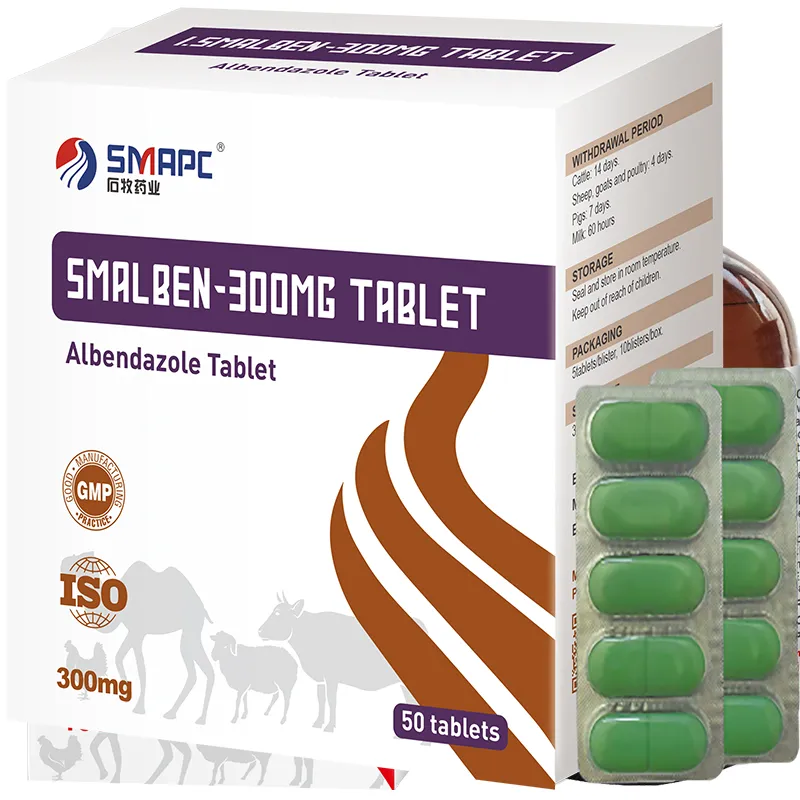In conclusion, thrush is a relatively common but preventable condition that requires diligence and attention from horse owners. With proper care, timely treatment, and a focus on maintaining a clean environment, the likelihood of thrush can be significantly reduced, ensuring your horse remains healthy and comfortable.






